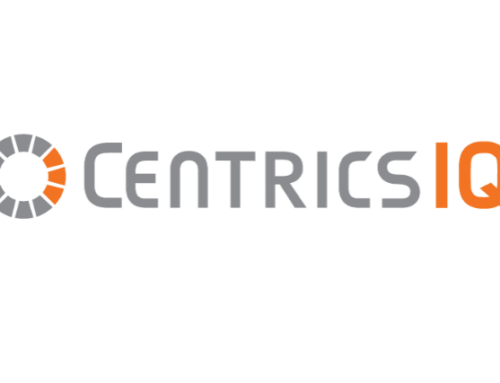Take 4 minutes to read this article
Understanding the different levels of IT engineering that a company offers can quickly become confusing. However, it’s a necessary part of understanding the value that they can provide in augmenting your IT team. That’s why we’ve put together a simple guide to explaining how we define the most common IT engineering types and levels.
When it comes to IT engineers, we know that experience can make all the difference. But experience in what areas? Not all IT experience translates. Unfortunately, it can be hard to draw clear lines around the type of IT work that your generalist engineers do.
Deskside, Data Center, and Connectivity: Understanding Engineering Specialties
Before we get into the different types of engineering we offer, it’s important to understand the distinctions between deskside and data center services.
With deskside and data center services, our engineers work directly with the end-user at his or her location. Our engineers are physically present to provide break-fix services for hardware and applications or operating systems as well as service management (IMAC-D).
Data center services involve working with servers, router switches, storage, and other “enterprise” equipment. For these services, our engineers are physically present to lead or assist with troubleshooting of data center hardware or OS and applications as well as installing, moving, adding, changing and preparing technology assets for disposal. Our engineers work where the client hosts its back-office operations. This might include application closets or colocation facilities.
We also provide connectivity services, which applies to anything that connects users to their organization, the cloud, applications, etc. This includes wired, wireless, and RFD. These services offer clients physically present engineers that can lead or assist in troubleshooting network and connectivity hardware or OS and application issues as well as service management, such as moving, adding, changing, and preparing connectivity technology assets for disposal.
IT Engineering Types and Their Specific Focus
Now that you know our specialties (deskside, datacenter, and connectivity), let’s talk more about the engineering types and their specific focus, as well as the tier levels for each group:
1. Break/Fix Hardware
Break/fix hardware services provide clients with engineers to lead and/or assist in troubleshooting end-user, data center, and network and connectivity hardware incidents. We believe that effective break-fix services require timely response that ensures the alignment of priority levels as well as rapid triage and return to service requirements.
2. Break/Fix Application/OS
On-demand connectivity application and OS break-fix services provide clients with engineers to lead or assist in troubleshooting end-user, data center, or connectivity application and/or operating system incidents. As with break-fix services for hardware, break-fix for applications and operating systems requires a timely response to ensure alignment of priority levels, rapid triage, and return to service requirements.
3. IMAC
On-demand IMAC-D provides clients with engineers to lead or assist in installing, moving, adding, changing, and preparing for technology assets for disposal. These services are available for deskside, data center, and connectivity. Clients typically request IMAC services when they need a remote physical presence during scheduled events.
With service management (IMAC-D), engineers provide excellent technical and customer service on-time, right when you need it. Our engineers aim to complete each request with the highest degree of satisfaction possible.
4. Operations
On-demand operational services enable clients to request physical presence engineers to assist with general duties that are not associated with typical deskside, data center, or connectivity services. This could include cleaning equipment, asset tagging, or inventory management.
5. Dispatch
Clients use deskside, data center, and connectivity dispatch services to initiate services through CentricsIT. The level of engineer dispatched will ultimately depend on the client’s unique needs. However, unless the client otherwise specifies, Level 3 Senior Engineers dispatch for same day break-fix services.
6. Recurring Services
On-demand recurring services enable clients to request the physical presence of engineers on a scheduled, recurring basis. For example, if you need an IT engineer every Friday from 8:00 a.m. to noon. These services also provide clients with staff augmentation when they need resources on an extended basis. For instance, if you have someone on your staff taking an extended leave.
How We Define Levels
For most of the projects that we manage, there are three tiers (or skill levels) for engineers. Level 1 Technicians have 3-5 years of hands-on application experience. Level 2 Engineers have 5-7 years of hands on hardware experience with strong troubleshooting capabilities. Level 3 Senior Engineers have more than 7 years of hands-on software and OS experience with expertise in diagnosis, troubleshooting, and remediation. Occasionally a particularly difficult problem requires us to engage a Level 4-5 engineer with even deeper product knowledge, but those are handled on a case by case basis.
Different Engineers for Different Needs
Whether you are looking for temporary help because some team members took leave, you are currently understaffed, or you’re missing the expertise to get a certain project done, we can help.
When your teams are stretched too thin, we have the reach and depth of knowledge to help you when you need it most. Contact CentricsIT to get the help you need.





